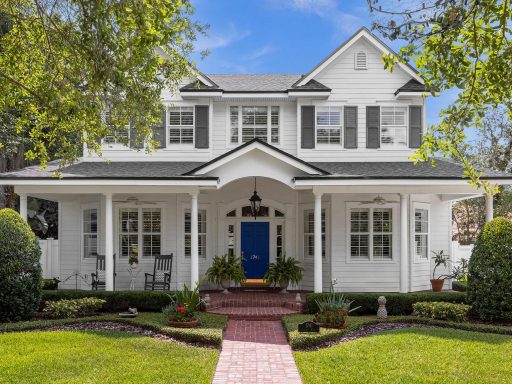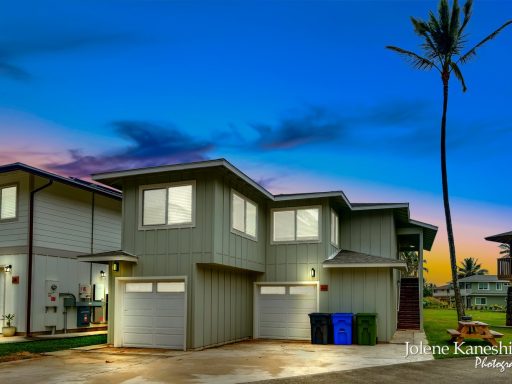How to Become a Real Estate Photographer: A Complete 2025 Guide
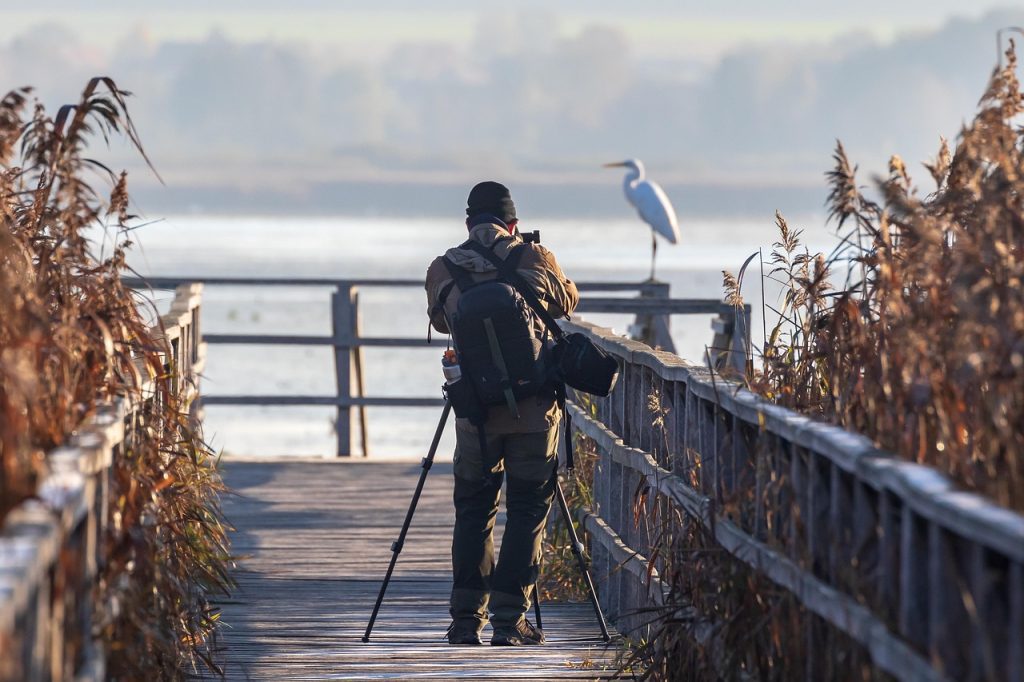
Real estate photography is more than just taking pretty pictures of houses—it’s about creating visual stories that sell. As the real estate market becomes increasingly competitive, high-quality photography can make or break a listing. Whether you’re a beginner looking to break into this field or an experienced photographer ready to niche down, this guide covers everything you need to launch and scale your real estate photography business in 2025.
What Does Real Estate Photography Involve?
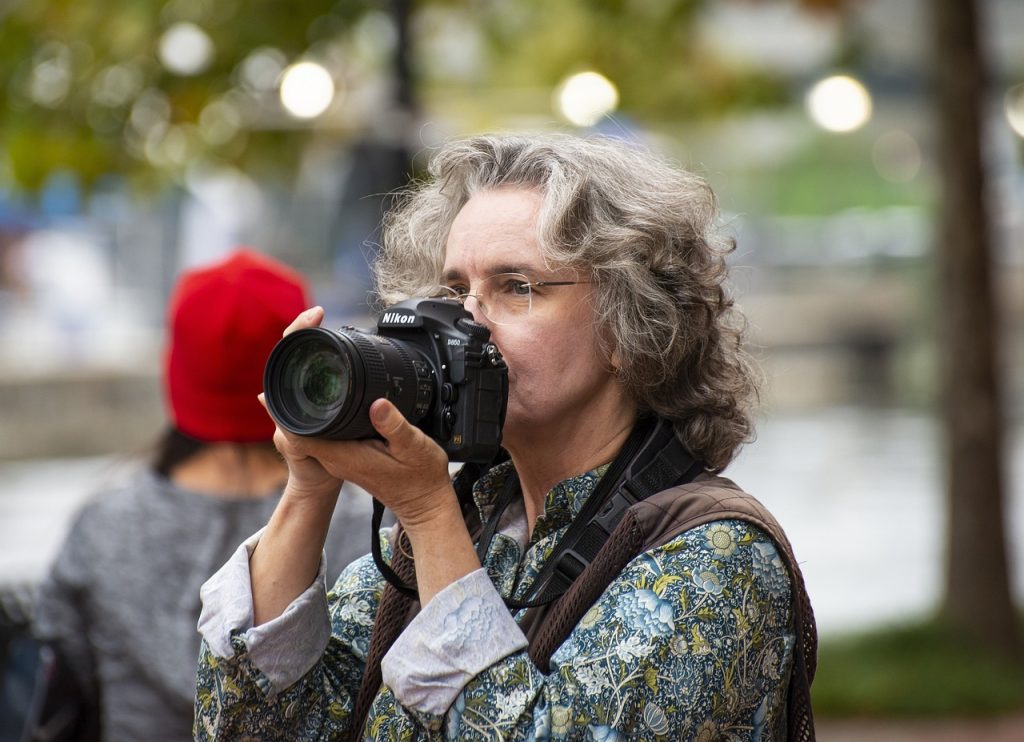
Real estate photography isn’t just about snapping rooms—it’s a full-service business. From pre-shoot preparation and lighting to post-processing, admin tasks, and client communication, you’re wearing multiple hats.
Key Responsibilities:
- Photograph residential and commercial properties
- Quick turnaround (usually 24–48 hours)
- Basic staging and clutter removal
- Image editing and file delivery
- Communicating with agents and clients
Pro Tip: You can also generate passive income by uploading unused real estate photos to platforms like Shutterstock or Adobe Stock.
How Much Should You Charge for Real Estate Photography?

Pricing varies widely depending on location, experience, and services offered. You’ll need to factor in editing time, equipment, travel, and even weather conditions. Here’s a basic pricing guide:
| Property Type | Price Range | Notes |
|---|---|---|
| < 3,000 sq. ft | $150 – $300 | 25–35 edited photos |
| > 3,000 sq. ft | $300 – $500+ | Includes extra rooms & travel time |
| Drone Add-on | $100 – $300 | Video and aerial stills |
| Twilight/Sunset Shoot | +$75 – $150 | Higher editing requirements |
| Full Video Tour | $500 – $1,000+ | Edited walk-through video |
Additional Pricing Tips:
- Charge per square foot: ~$0.09/sq. ft
- Increase rates for luxury homes: Homes >$1M typically command $600+
- Offer package pricing: Combine photo, video, and drone services
Pro Tip: Set pricing by deliverables—not hourly—to better reflect your value and effort.
What Makes a Good Real Estate Photo?
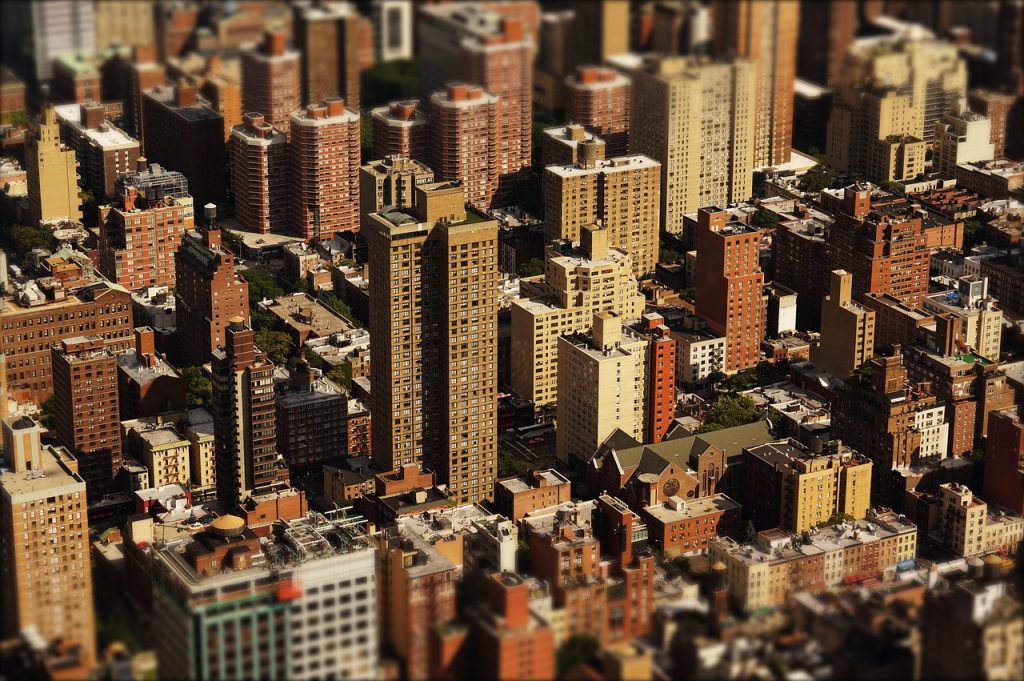
Your images should highlight a property’s best features, evoke emotion, and present spaces clearly and accurately.
Real Estate Photography Best Practices:
- Use a wide-angle lens (10–24mm) to make small spaces feel larger
- Shoot straight-on: Correct for lens distortion in post-processing
- Highlight key features: Focus on fireplaces, large windows, built-ins
- Avoid bad lighting/weather: Bright, clear days work best
- Use off-camera flash to evenly light dark rooms
Best Lenses for Real Estate Photography
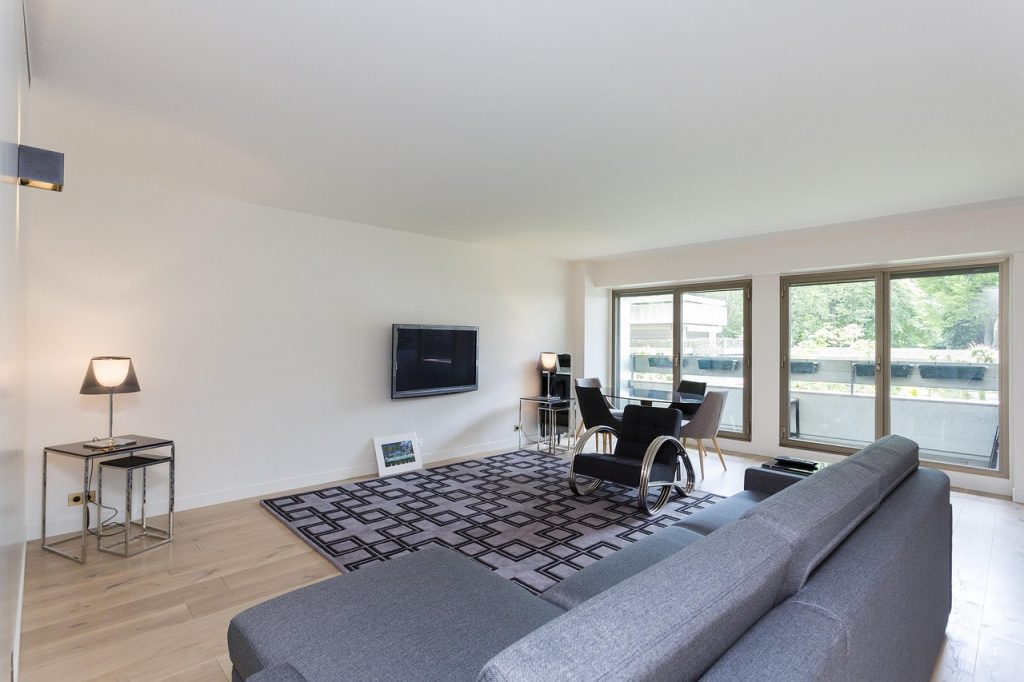
Choosing the right lens can make a world of difference. Here are top picks:
- Nikon AF-S FX NIKKOR 16-35mm f/4G ED – Versatile for interiors/exteriors
- Canon EF 17-40mm f/4L USM – Ultra-wide and perfect for real estate
- Sigma 12-24mm f/4 DG HSM Art – Great for full-frame cameras with minimal distortion
- Canon TS-E 17mm f/4L UD – Premium tilt-shift lens for perspective correction
Pro Tip: Avoid fisheye lenses—they distort space too unnaturally.
What Is Real Estate Drone Photography?

Drone photography adds cinematic flair and a competitive edge. It’s especially useful for showcasing:
- Large properties and lots
- Unique rooflines and landscaping
- Commercial developments and neighborhoods
Drone Photography Requirements:
- FAA Part 107 Certification (U.S.)
- Equipment like a 3-axis gimbal
- Editing software for stitching and color correction
- Weather awareness (low wind, dry days preferred)
Pro Tip: Preprogram your drone’s flight path to ensure consistency and avoid accidents.
Real Estate Photography Tips for Beginners
Follow these tips to streamline your shoots and impress your clients:
Standard Shot List
- Front exterior (multiple angles)
- Living room, kitchen, bedrooms (wide-angle)
- Bathrooms, hallways, garage, laundry
- Backyard or patio area
On-Site Best Practices
- Walk through before shooting to assess light and clutter
- Communicate with homeowners or agents about furniture or messes
- Review shots on-site with your client to avoid reshoots
Editing & Post-Production
- Correct distortion and vignetting in Lightroom
- Use natural-looking enhancements
- Meet deadlines consistently
Who Are Your Potential Clients?
- Real estate agents and brokers
- Airbnb and vacation rental owners
- Property management firms
- Hotels, retail businesses, and interior designers
Pro Tip: Many short-term rental owners manage multiple properties—nurture those relationships for recurring income.
Where Can You Learn Real Estate Photography?
You don’t need a degree to get started, but structured learning can fast-track your success.
Recommended Resources:
- Online Courses: Udemy, Coursera, Skillshare
- Books: “The Real Estate Photographer’s Guide” by Steven Ungermann
- Communities: Facebook Groups, Reddit, Meetup photography groups
What Background Do You Need?
You don’t need a specific background, but skills in photography, freelancing, and customer service will serve you well.
Essentials for Running a Real Estate Photography Business:
- Contracts and licensing agreements
- Photography gear and insurance
- Client acquisition and invoicing systems
- Basic understanding of SEO and marketing
How to Promote Your Real Estate Photography Business
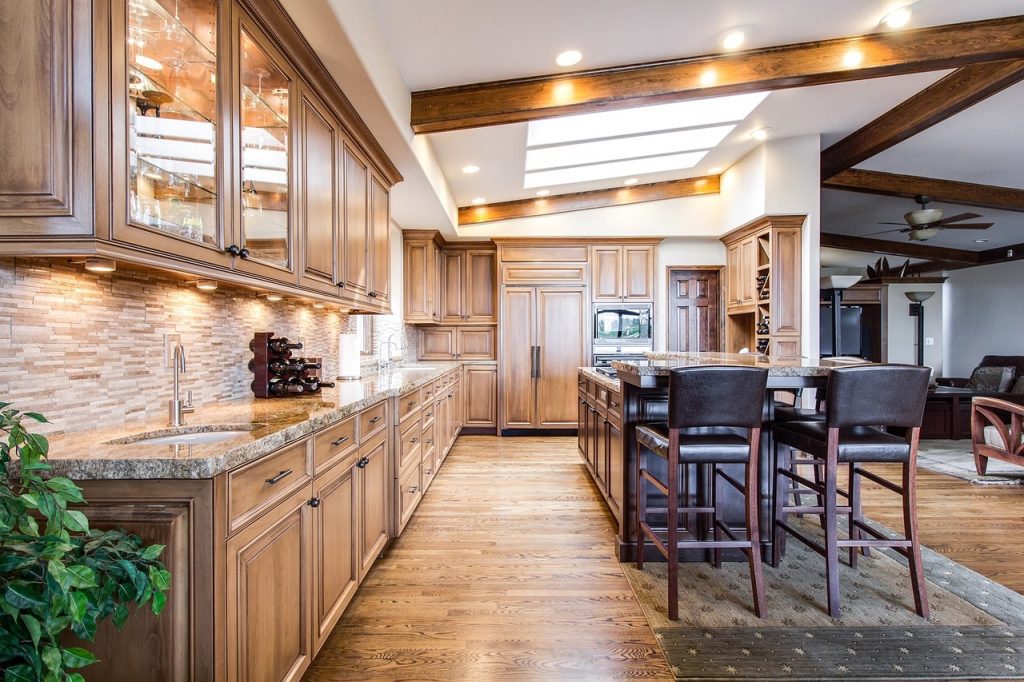
Build a Stunning Portfolio Website
Your website is your storefront. It should showcase your best real estate work, outline your packages, and make it easy for potential clients to contact you or book a session.
A great example of a photographer directory site that highlights local talent and helps real estate photographers get discovered is urbanchoreography.net. Consider submitting your profile to platforms like this to gain visibility in your region and attract high-quality leads.
Make sure your own site includes:
-
High-resolution galleries
-
Clear pricing information
-
Booking/contact form
-
Mobile-optimized layout
Platforms like Format, Squarespace, or WordPress make it easy to build a beautiful, functional photography portfolio.
2. Leverage Local SEO and Google Business Profile
-
Optimize for keywords like “real estate photographer in [Your City]”
-
Collect client reviews and ratings
-
Add photos tagged by location
-
List service areas and specialties
3. Network With Realtors and Agencies
-
Attend local real estate meetups and open houses
-
Reach out to realtors via LinkedIn or Instagram DMs
-
Offer discounted first-time sessions to break into new markets
4. Use Social Media Strategically
-
Post before/after shots of homes
-
Share drone video reels and property tours
-
Use hashtags like #RealEstatePhotography #ListingPhotos #PropertyVisuals
-
Run occasional paid ads targeting local real estate professionals
Final Thoughts
Real estate photography is a powerful career path that blends visual creativity with business savvy. With the right tools, pricing, and client outreach strategies, you can grow a profitable photography business in a high-demand industry.
Ready to land your first real estate photography gig?
Start by building your portfolio, defining your pricing, and reaching out to your local real estate network. Before long, you’ll be capturing million-dollar listings and growing a thriving business of your own.



